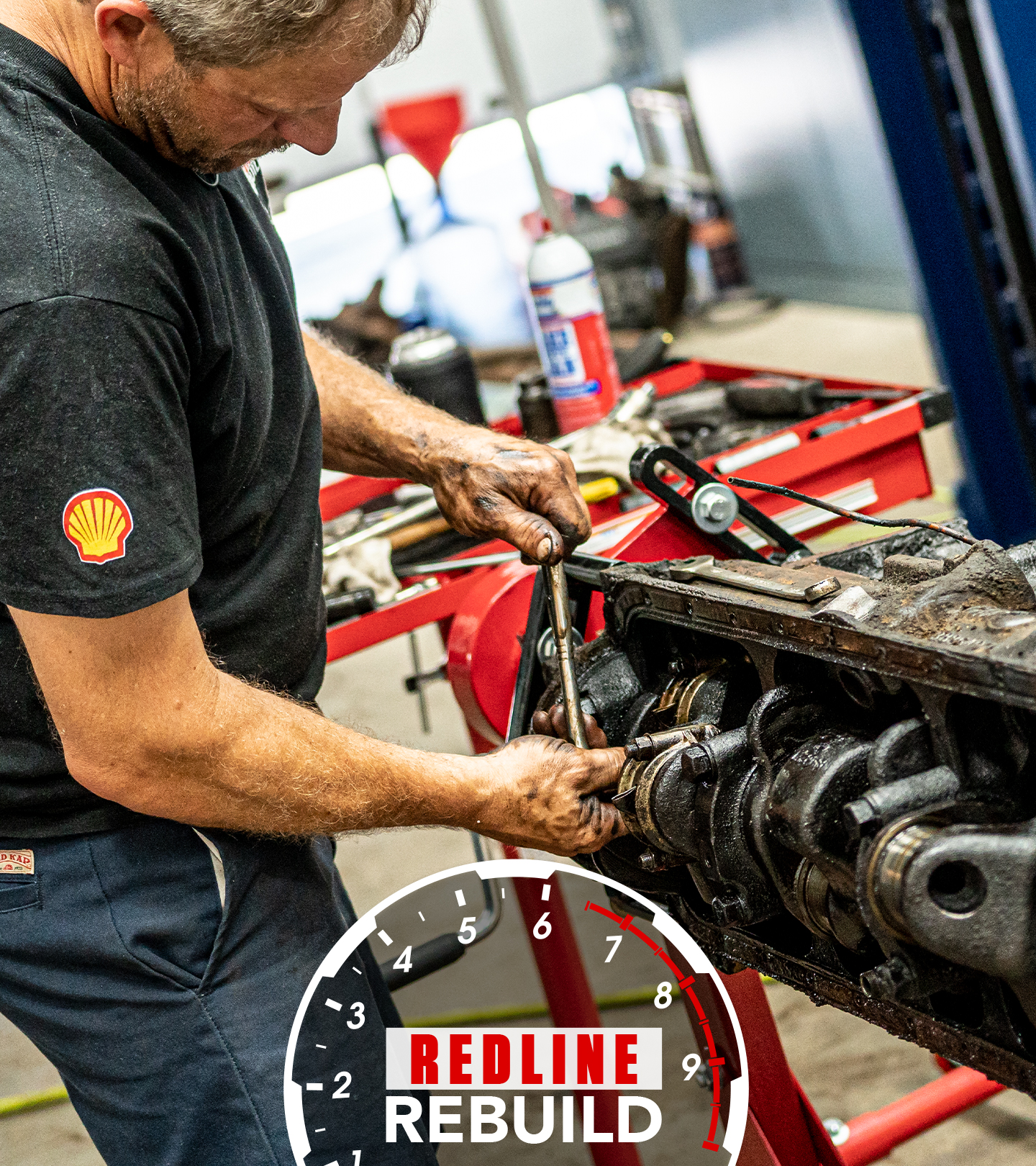Enjoy Season 2 stories, opinion, and features from across the car world - Hagerty Media
Auto scribe Zack Klapman and pro racer Dai Yoshihara get behind the wheel of the all-new Ariel Atom 4. Loaded with the powertrain of a Honda Civic Type R but weighing just 1,350 pounds, Zack and Dai find out if the street-legal, bare-bones sports car is as fast and fantastic as it looks. Tune in to see how the Ariel Atom 4 gets RATED.
Read the Ariel Atom 4 Reveal!
- 1
- /
- 3







